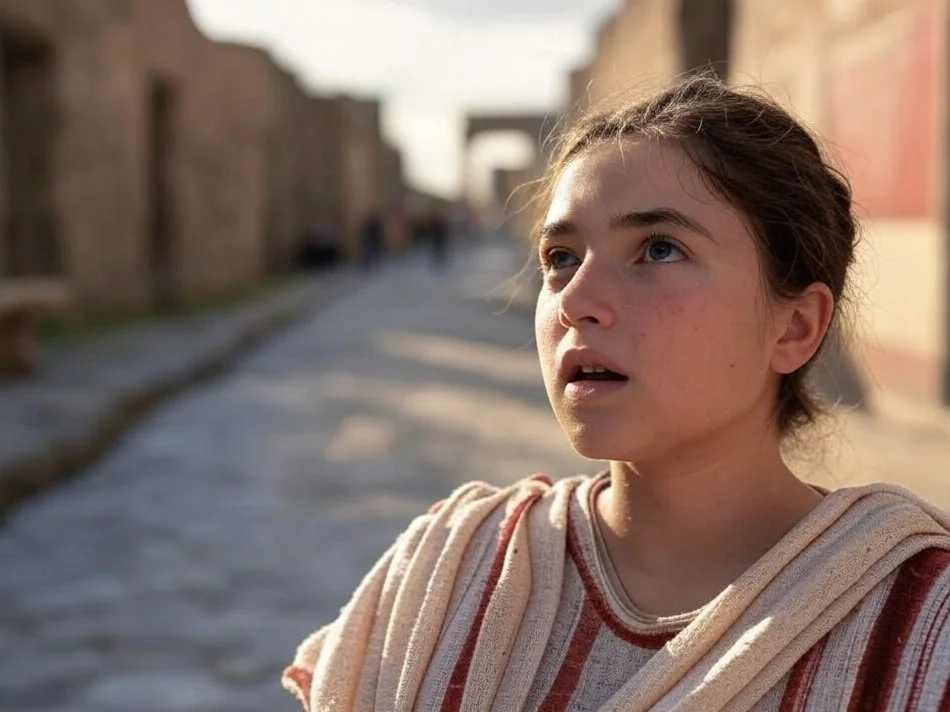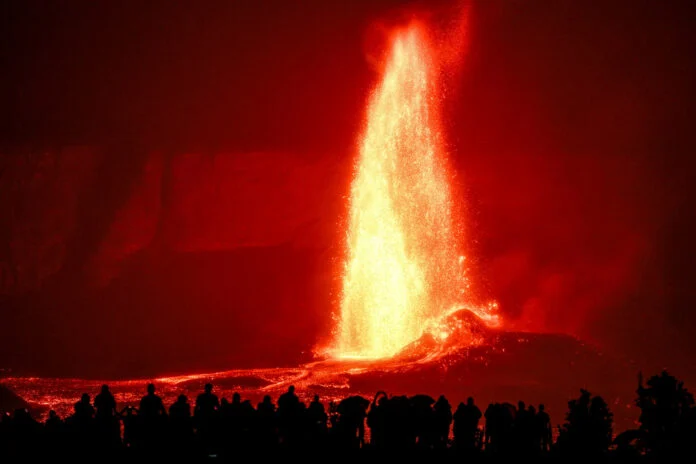The ancient city of Pompeii, buried under layers of volcanic ash and pumice during the catastrophic eruption of Mount Vesuvius in 79 CE, is one of the most extraordinary archaeological sites in the world. Its rediscovery and excavation have provided an unparalleled glimpse into Roman society, culture, and daily life, frozen in time. Pompeii’s remarkably preserved ruins, artifacts, and even human remains offer a vivid snapshot of a thriving Roman city, making it a treasure trove for historians and archaeologists alike.
The Discovery and Excavation of Pompeii
Pompeii was lost for nearly 1,700 years until its accidental rediscovery in 1748 during the construction of a palace for the King of Naples. Systematic excavations began soon after, revealing a city remarkably preserved by the very disaster that destroyed it. The volcanic ash that buried Pompeii acted as a protective layer, safeguarding buildings, frescoes, mosaics, and even organic materials like wooden furniture and food.
Excavations have continued for over 250 years, with new technologies such as 3D scanning, drone imaging, and chemical analysis revolutionizing the way archaeologists study the site. Today, approximately two-thirds of the city has been uncovered, with ongoing research shedding light on previously unexplored areas.
A Window into Roman Society and Culture
Pompeii’s ruins provide a detailed picture of life in a Roman city during the 1st century CE. Here are some key insights:
Urban Planning and Architecture
Pompeii’s layout reflects Roman urban planning, with a grid of streets, public squares (fora), and a complex water system.
The city boasted impressive public buildings, including an amphitheater, baths, temples, and a basilica, showcasing Roman engineering and architectural prowess.
Private homes ranged from modest dwellings to luxurious villas, such as the House of the Vettii, adorned with intricate frescoes and mosaics.
Daily Life
Graffiti on walls reveals the thoughts, jokes, and political opinions of Pompeii’s inhabitants, offering a personal touch to history.
Shops, bakeries, and taverns line the streets, illustrating the city’s vibrant economy. For example, the Thermopolium of Vetutius Placidus, a well-preserved snack bar, still contains traces of food and drink.
Public baths, such as the Stabian Baths, highlight the importance of hygiene and social interaction in Roman culture.
Art and Religion
Pompeii’s frescoes and mosaics depict mythological scenes, landscapes, and everyday life, showcasing the artistic tastes of its residents.
Temples dedicated to Roman gods, such as the Temple of Apollo, and household shrines (lararia) reveal the centrality of religion in daily life.
Disaster and Human Tragedy
Plaster casts of victims, created by filling voids left by decomposed bodies, capture the final moments of Pompeii’s inhabitants. These haunting figures provide a poignant reminder of the human cost of the eruption.
Unique Finds at Pompeii
Pompeii has yielded countless extraordinary discoveries, including:
The Villa of the Mysteries: Known for its stunning frescoes depicting a mysterious religious ritual, possibly linked to the cult of Dionysus.
The Garden of the Fugitives: A poignant site where plaster casts of 13 victims, including children, were found attempting to flee the eruption.
The Lupanar: Pompeii’s best-preserved brothel, featuring explicit frescoes that shed light on the city’s social dynamics.
Carbonized Bread: Loaves of bread, preserved by the heat of the eruption, were found in a bakery, offering insights into Roman diet and food production.
Ongoing Research and Challenges
Pompeii continues to be a site of active research and discovery. Recent excavations have uncovered new areas, such as a richly decorated banquet hall with frescoes depicting mythological figures like Helen of Troy and Apollo. Advanced technologies, including ground-penetrating radar and DNA analysis, are being used to study the site without invasive digging.
However, Pompeii faces significant challenges, including the effects of weathering, tourism, and previous conservation efforts that used incompatible materials. Modern preservation techniques aim to protect the site for future generations while allowing ongoing exploration.
The Legacy of Pompeii
Pompeii’s enduring significance lies in its ability to humanize the ancient world. The city’s ruins tell stories of ordinary people—merchants, artisans, slaves, and families—whose lives were abruptly cut short. They also reveal the sophistication of Roman society, from its artistic achievements to its urban infrastructure.
As excavations and research continue, Pompeii remains a testament to the fragility of human civilization and the power of archaeology to bring the past to life. It is not just a relic of history but a vibrant, ever-evolving source of knowledge and inspiration.







